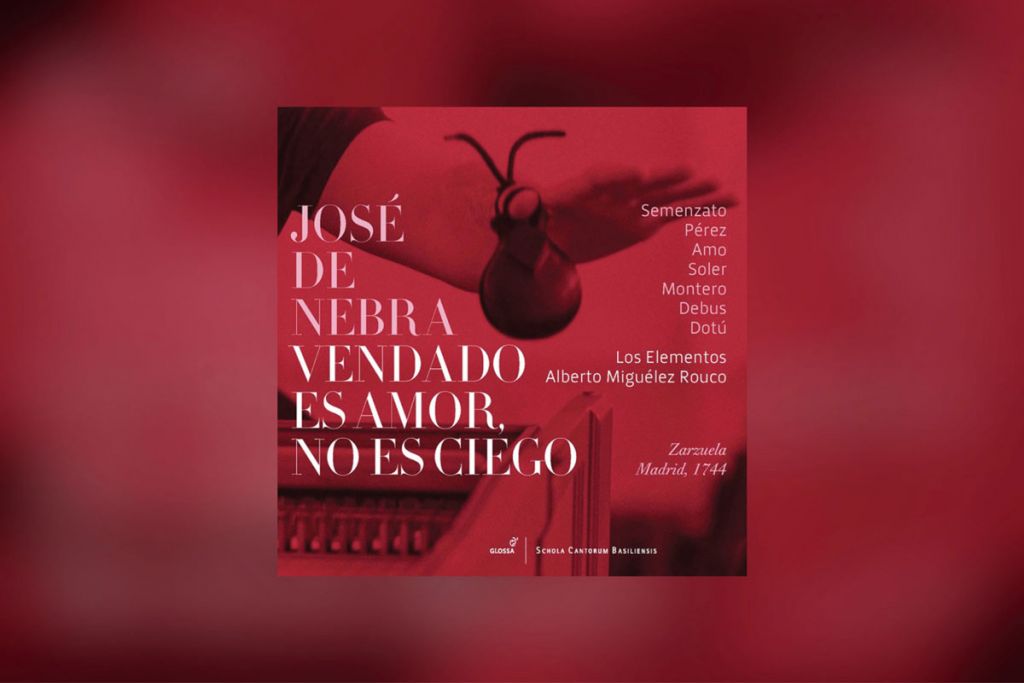Most opera lovers would be familiar with the fandango from Mozart’s Le Nozze de Figaro. But wait until you hear the fandango in José de Nebra’s 1744 zarzuela in two acts, Vendado es Amor, no es Ciego (“Love is bound, not blind”).

Initially sung by the work’s two comic characters (stock servant characters known as “graciosos”) Brújula and Títiro , Tempestad grande, amiga, replete with guitars and castanets, builds to a raucous finale with percussion and chorus. It’s tremendous fun.nIt’s also just one of the many highlights of this fine example of a Spanish musical theatre genre which by the late Baroque was more operatic and more appealing to the general public.
José de Cañizares’ libretto is typical mythology-lite fare with the graciosos’ antics thrown in for snide commentary and...










Comments
Log in to join the conversation.